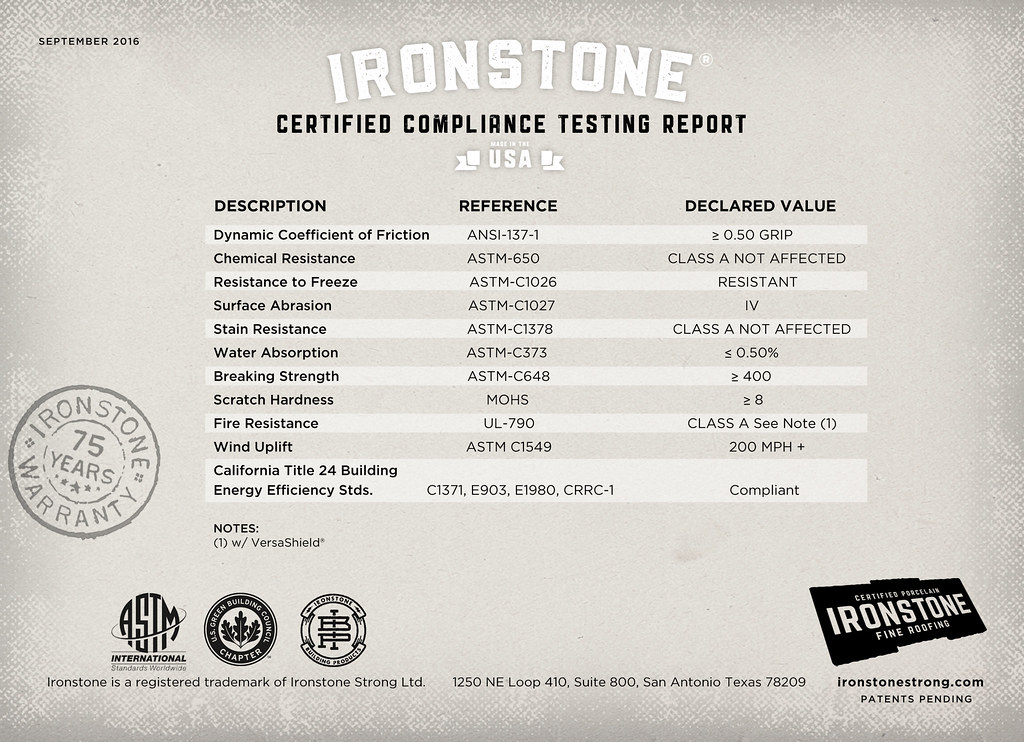Worried about stains and water damage? The truth about porcelain tiles’ porosity might surprise you – here’s what experts want you to know.
Understanding Porcelain Tile Porosity
Porosity in tiles refers to the presence of microscopic pores or spaces within the material that can absorb water and other liquids. Porcelain tiles are crafted through a sophisticated manufacturing process that sets them apart from standard ceramic tiles. Made from fine-grained, purified clay mixtures and fired at temperatures exceeding 1,300°C, porcelain tiles achieve an exceptionally dense structure with minimal pore space. This manufacturing process results in tiles that are remarkably resistant to moisture absorption, with a water absorption rate of less than 0.5% – a crucial benchmark that defines true porcelain according to industry standards.
The Science Behind Porcelain’s Low Porosity
The exceptional density and low porosity of porcelain tiles stem from three key factors in their manufacturing process. Firstly, the clay mixture used in porcelain production contains higher amounts of fine particles and specific minerals, particularly feldspar, which promotes better fusion during firing. Secondly, the extreme firing temperatures (typically between 1,300°C and 1,400°C) cause these materials to vitrify, essentially turning them into a glass-like substance. Finally, the intense pressure applied during formation creates an incredibly compact material structure.
- Manufacturing temperatures are 20-30% higher than ceramic tiles
- Feldspar content typically ranges from 15-25%
- Pressure during formation can exceed 2,800 kg/cm²
- Resulting density is approximately 2.4 g/cm³
Testing Porcelain Tile Porosity
The industry employs rigorous testing methods to verify porcelain tile porosity levels. The primary standard is the water absorption test, where tiles are weighed, submerged in water for 24 hours, and then reweighed. To qualify as porcelain, tiles must demonstrate a water absorption rate of 0.5% or less. This stringent requirement ensures that only truly vitrified materials earn the porcelain designation.
- Water absorption test (EN ISO 10545-3)
- Bulk density measurements
- Breaking strength tests
- Frost resistance evaluation
Benefits of Porcelain’s Low Porosity
The minimal porosity of porcelain tiles translates into numerous practical advantages for both indoor and outdoor applications. These tiles exhibit exceptional resistance to staining, as their dense structure prevents liquids and contaminants from penetrating the surface. Studies show that porcelain tiles maintain their appearance up to 30% longer than standard ceramic tiles when exposed to common household stains. Their moisture resistance also makes them highly suitable for wet room areas, while their frost resistance allows for outdoor installation in varying climates.
Where to Use Porcelain Tiles
Thanks to their low porosity and superior durability, porcelain tiles excel in various applications throughout the home and in commercial settings. In bathrooms and kitchens, their water-resistant properties make them an ideal choice for both floors and walls. For outdoor spaces, their frost resistance and stability in temperature fluctuations ensure longevity. Recent trends show a 40% increase in porcelain tile usage for outdoor living spaces since 2023, particularly in British homes where weather resistance is crucial.
- Bathrooms and wet rooms
- Kitchen floors and splashbacks
- Outdoor patios and pool surrounds
- High-traffic commercial areas
- Frost-prone exterior walls
Maintenance and Protection
While porcelain tiles’ low porosity naturally provides excellent protection against stains and moisture, proper maintenance ensures optimal performance and longevity. Most unglazed porcelain tiles benefit from a single application of a penetrating sealer during installation, though many modern glazed varieties require no sealing at all. Regular cleaning with pH-neutral cleaners is sufficient for daily maintenance, and harsh chemical cleaners should be avoided to preserve the tile’s surface integrity.
Common Misconceptions About Porcelain Tile Porosity
One prevalent myth is that all porcelain tiles are completely non-porous. While they are highly resistant to moisture, they are not entirely impervious. Another common misconception is that porcelain and ceramic tiles offer similar levels of moisture resistance. In reality, porcelain tiles typically have 60-70% lower porosity rates than standard ceramic tiles. Understanding these distinctions is crucial for proper application and installation decisions.
Expert Tips for Selection and Installation
- Always verify the tile’s water absorption rating (should be ≤0.5%)
- Choose rectified tiles for tighter grout lines
- Use appropriate adhesives designed for porcelain
- Consider slip resistance ratings for wet areas
- Ensure proper substrate preparation
- Allow for expansion joints in large installations
Making the Right Choice for Your Space
When selecting porcelain tiles, consider both their technical specifications and aesthetic properties. Their low porosity makes them an excellent choice for any area prone to moisture or heavy use. For maximum durability and performance, opt for tiles that meet or exceed industry standards for water absorption (≤0.5%). Whether you’re tiling a bathroom, kitchen, or outdoor space, porcelain’s combination of practicality and style makes it a superior choice for modern homes and commercial spaces. Remember that proper installation by experienced professionals, like our team at Bromley Tilers, is crucial for ensuring your porcelain tiles perform to their full potential and maintain their beauty for years to come.
FAQ
Can you use Clorox wipes on porcelain tile?
Although porcelain tiles offer exceptional durability, there are few products and techniques you should avoid at all costs. Never use a product that contains harmful chemicals such as ammonia or bleach (or any type of acid-based cleanser). These type of chemicals can alter the colour of the tiles and/or the grout.
What is the life expectancy of porcelain tile?
The Durability of Porcelain Tile It’s ideal for both residential and commercial applications and can withstand heavy foot traffic and various environmental conditions. On average, porcelain tile can last 50 years or more when properly installed and maintained.
Does vinegar damage porcelain tile?
Some household members will use vinegar to clean porcelain tiles. However, experts suggest this is not a good idea because vinegar has a high acidic content which can damage the quality of the porcelain.
What should you avoid with porcelain tiles?
Porcelain tiles tend to be harder, more resilient and more stain-resistant than ceramic tiles. They are one of the easiest types of tile to maintain but their surface can eventually be eroded by the regular use of corrosive chemicals such as ammonia, bleach or acids that can also damage the grout and loosen the tiles.
Can mold grow under porcelain tile?
Tile flooring is designed to handle water, but it’s not completely waterproof. Over time, grout can wither away and cracks can form, creating the perfect entrance for those accidental spills to seep into. Water that gets under your tile can lead to all sorts of problems, including mold growth.
Sources
[1] https://www.qualicer.org/recopilatorio/ponencias/pdfs/0632110e.pdf
[2] https://missionstonetile.com/blogs/resources/what-is-the-difference-between-ceramic-and-porcelain-tile
[3] https://www.flooringinc.com/blog/tile-ceramic-vs-porcelain



